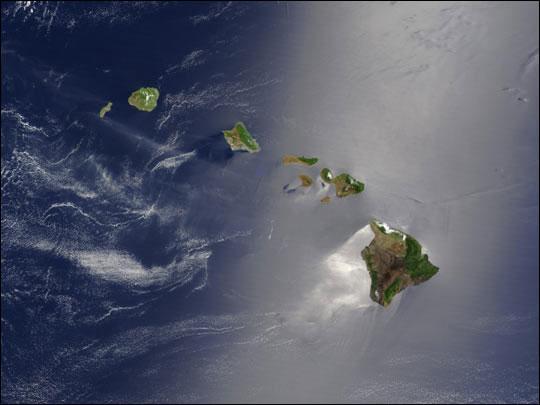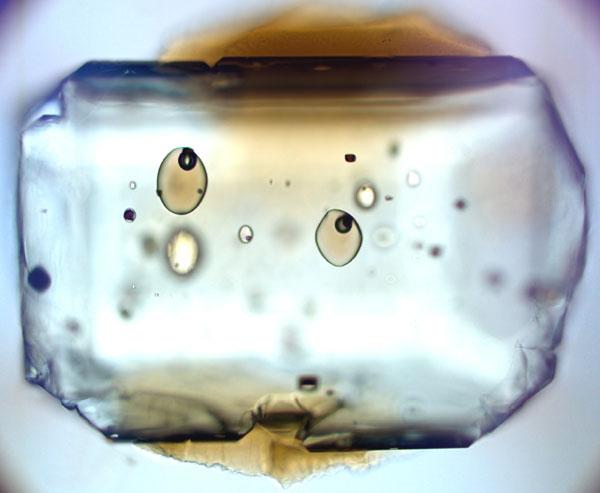
Earth's Surface 'Recycled' Surprisingly Quickly

The ground we stand on seems permanent and unchanging, but the rocks that make up Earth's crust are actually subject to a cycle of birth and death that changes our planet's surface over eons. Now scientists have found evidence that this cycle is quicker than thought: 500 million years instead of 2 billion.
The tectonic plates that make up Earth's crust are constantly jostling against each other: brushing past one another in some places, moving apart in other areas, and butting head-on in still other places.
Where these head-on collisions occur, denser oceanic crust is shoved beneath lighter continental crust, causing it to melt in the ferocious temperatures and pressures of Earth's mantle. This oceanic crust gets mixed into the rest of the mantle, which because of its high temperature and pressure slowly flows and fuels the world's volcanoes.
Virtually all of the world's ocean islands are volcanoes. Several of them, such as the Hawaiian Islands, came from mantle plumes originating in the lowest part of the mantle. This geological process is similar to the movement of a Lava Lamp: hot rock that used to be part of the oceanic crust rises in cylindrical columns from a depth of nearly 1,900 miles (3,000 kilometers). Near the surface, where the pressure on it is reduced, the rock melts and forms volcanoes.

Scientists had thought this process took about 2 billion years to complete, but new data suggest it could have happened in a quarter of that time.
Researchers came up with this speedier timeline by conducting a chemical analysis of tiny, glassy inclusions in olivine crystals from basaltic lava on Mauna Loa volcano in Hawaii. The microscopic inclusions in the volcanic rock contain trace elements originally dissolved in seawater that was then soaked up by the oceanic rocks. This allowed the recycling process to be dated.
The age is revealed by the ratio of isotopes of the element strontium, a figure that changes with time. (Isotopes of a chemical element have different numbers of neutrons in their cores.)
Sign up for the Live Science daily newsletter now
Get the world’s most fascinating discoveries delivered straight to your inbox.
With a specially developed laser, scientists at the Max Planck Institute for Chemistry in Mainz, Germany, measured the strontium in the samples of Hawaiian lava and were surprised when the findings suggested the rock was less than 500 million years old.
"Apparently strontium from seawater has reached deep in the Earth's mantle and re-emerged after only half a billion years, in Hawaiian volcano lavas," said study team member Klaus Peter Jochum. "This discovery was a huge surprise for us."
This story was provided by OurAmazingPlanet, a sister site to LiveScience.











